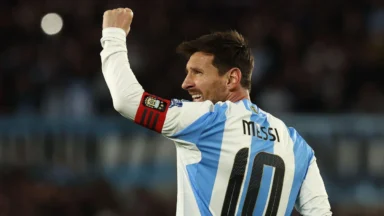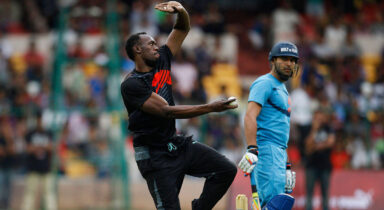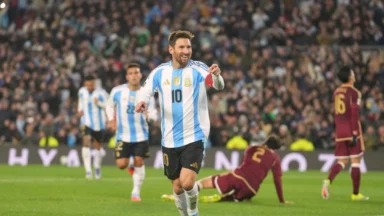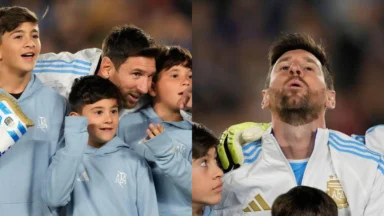Odisha FC Women’s team, representing India in the AFC Women’s Champions League, faced a crushing defeat in their debut match against Japan’s Urawa Reds Diamonds. The Japanese club dominated the game, winning 17-0 at the Thống Nhất Stadium in Ho Chi Minh City, Vietnam. This loss brings to light the vast gap between Indian football and global standards, especially in women’s football, where countries like Japan are far ahead in terms of skill, strategy, and infrastructure.
AFC Champions League debut to forget for Odisha FC
Urawa Reds Diamonds, one of Asia’s top football clubs, showcased their class from the very beginning. Yu Endo opened the scoring in the fifth minute, setting the tone for a one-sided affair. By halftime, Urawa had already accumulated an 8-0 lead, and they didn’t ease up in the second half, adding nine more goals to their tally.
The Japanese side had 11 different scorers, with Yuzuho Shiokoshi and Miki Ito bagging hat-tricks, completely outclassing the Indian team.
Odisha FC, on the other hand, managed their first shot on goal only in stoppage time of the second half, while Urawa Reds had an astounding 55 attempts at goal. Crispin Chhetri’s side now faces an uphill task as they prepare for their next fixture against Vietnam’s Ho Chi Minh City FC.
Long way ahead for Indian Women’s Football
The 17-0 scoreline is not just a defeat but a glaring reminder of how far Indian football—both men’s and women’s—has to go on the international stage. While India has made strides domestically with the establishment of leagues like the Indian Super League (ISL) and the Indian Women’s League (IWL), the gap in quality when competing with top Asian and European teams remains vast
One of the primary challenges Indian football faces is the lack of infrastructure and investment in grassroots development. Countries like Japan, South Korea, and Australia have strong football ecosystems, with well-developed youth academies, professional coaching, and robust domestic leagues that feed talent into their national teams.
India, by contrast, still struggles to offer world-class facilities and coaching to budding footballers, especially for women’s football, which remains underfunded and under-promoted.
Competing in Global Football landscapes
Indian football’s presence on the global stage is minimal. Although there have been isolated moments of promise, such as the men’s team’s qualification for the AFC Asian Cup, these achievements are still not enough to make India a footballing powerhouse.
The Indian teams, particularly the women’s side, need more exposure to high-quality international competition. The humiliating loss to Urawa Reds Diamonds underscores this need.
Turning point or missed opportunity?
While the defeat was a hard pill to swallow, it should serve as a wake-up call for Indian football authorities. To compete internationally, a more serious and structured approach to the development of football is necessary. The focus needs to shift from merely participating in international tournaments to building a strong football culture that promotes excellence from the ground up.
As Odisha FC regroups for their next match, Indian football as a whole must look inward and assess what needs to change to avoid such lopsided defeats in the future. Only then can India hope to bridge the gap and compete with the best on the global stage.
Editor's Pick
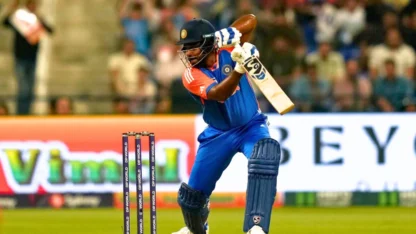 Cricket
Sanju Samson and Jasprit Bumrah under scanner as India seek 3-1 in Ahmedabad
Cricket
Sanju Samson and Jasprit Bumrah under scanner as India seek 3-1 in Ahmedabad


